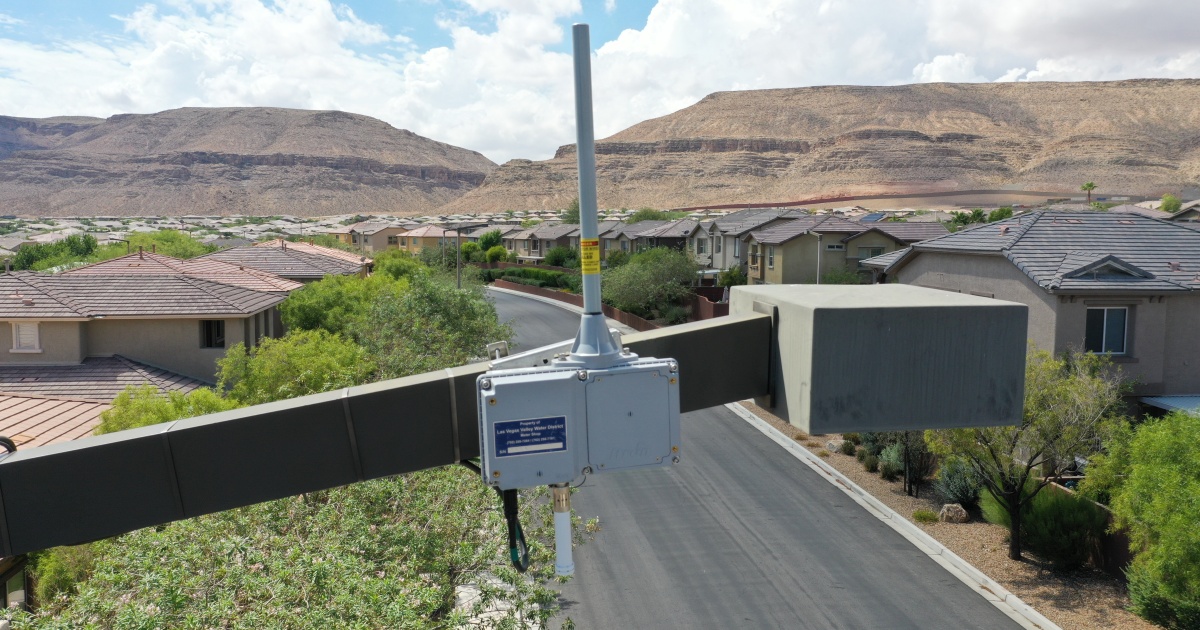
People usually pay no mind to light poles as they drive down the road. But on the occasion when someone does actually examine a light pole, they might notice various devices covering the light pole – cameras, sensors, LED lights, charging stations and solar panels.
These smart poles are what cities use for the foundation for smart infrastructure because of the benefits they bring to the general public, improving the quality of life. Those cameras? They monitor traffic patterns to improve traffic conditions. They can also aid police and other first responders in emergency situations. And that sensor next to the camera? It detects air quality. There may also be Wi-Fi access points or 5G small cells to expand connectivity for guests and residents.
That’s only the beginning. Smart poles provide the infrastructure for additional smart city investments, from digital signage to drones to EV charging and much more. Don’t forget that maintenance costs are reduced, too. Quality of life is improved all around, so it’s no wonder a growing number of cities are making the investment in smart poles. The installed base of smart poles will exceed 10.8 million globally with system revenues amounting to $60 billion by 2030, according to ABI Research.
The main driving force behind smart pole deployments is the increasing need for cellular network densification in the form of 5G and eventually 6G small cells, according to Dominique Bonte, vice president of end markets and verticals at ABI Research.
Everyone knows next-gen networks are needed to fulfill the promise of IoT and smart cities because of the higher bandwidth demand. 5G provides the necessary speeds. The compact size and lower power consumption of a small cell means it can be attached to the smart poles and provide a more reliable network in densely populated urban areas.
"The relevance of smart poles for smart cities is huge,” said Bonte. “They offer an efficient, scalable and modular framework for deploying the whole spectrum of smart urban infrastructure, ranging from 5G small cells and Wi-Fi hotspots to surveillance and traffic cameras, signage and information displays, air quality and flood monitoring solutions and charging points."
There are barriers to adoption, as always. Issues related to co-ownership and management, priorities and agendas conflicts, sensor data privacy concerns and the lack of awareness by city governments regarding benefits are among the key obstacles. While these may delay adoption by a few years, it will happen. The benefits – and, quite simply, the need, will prevail.
Edited by
Erik Linask





